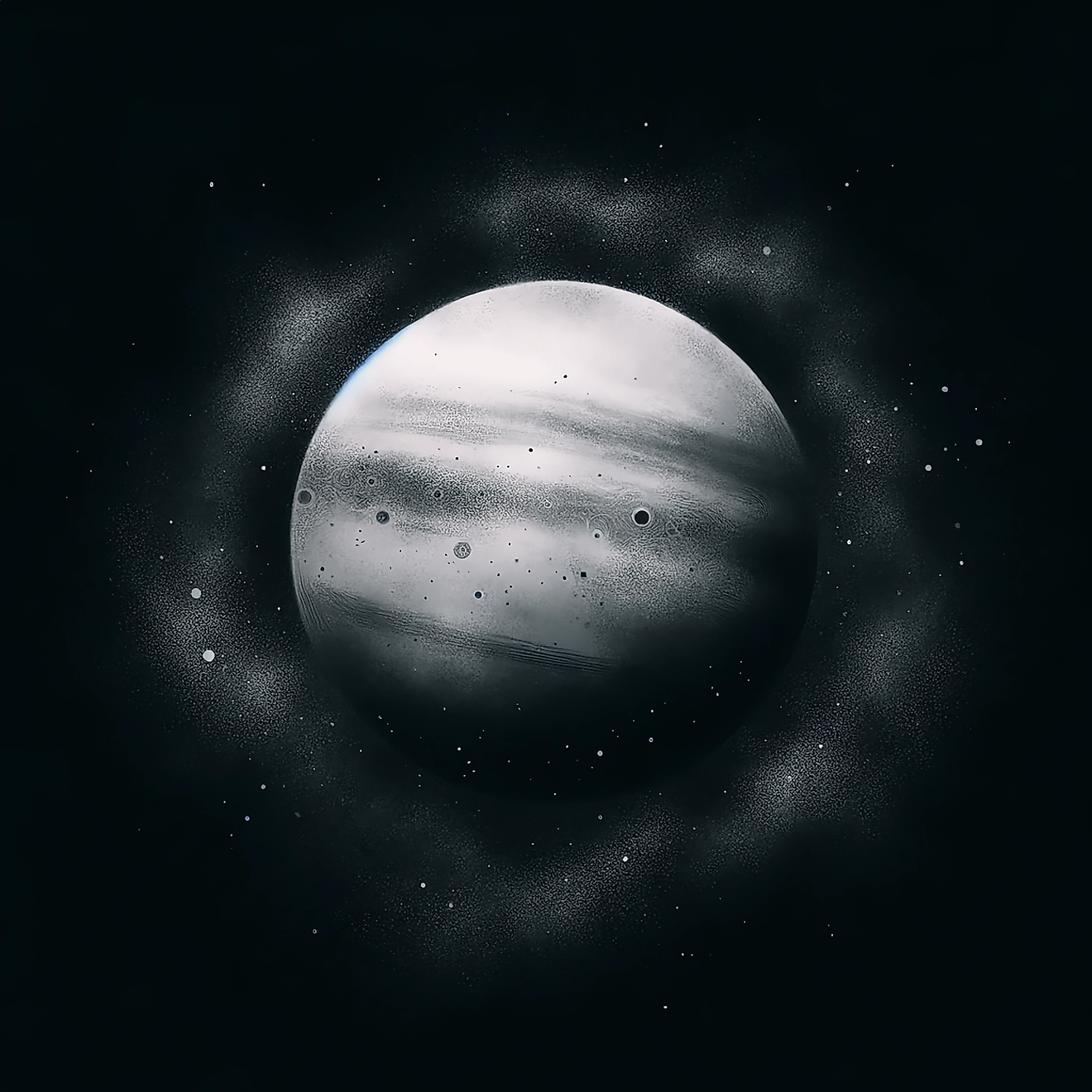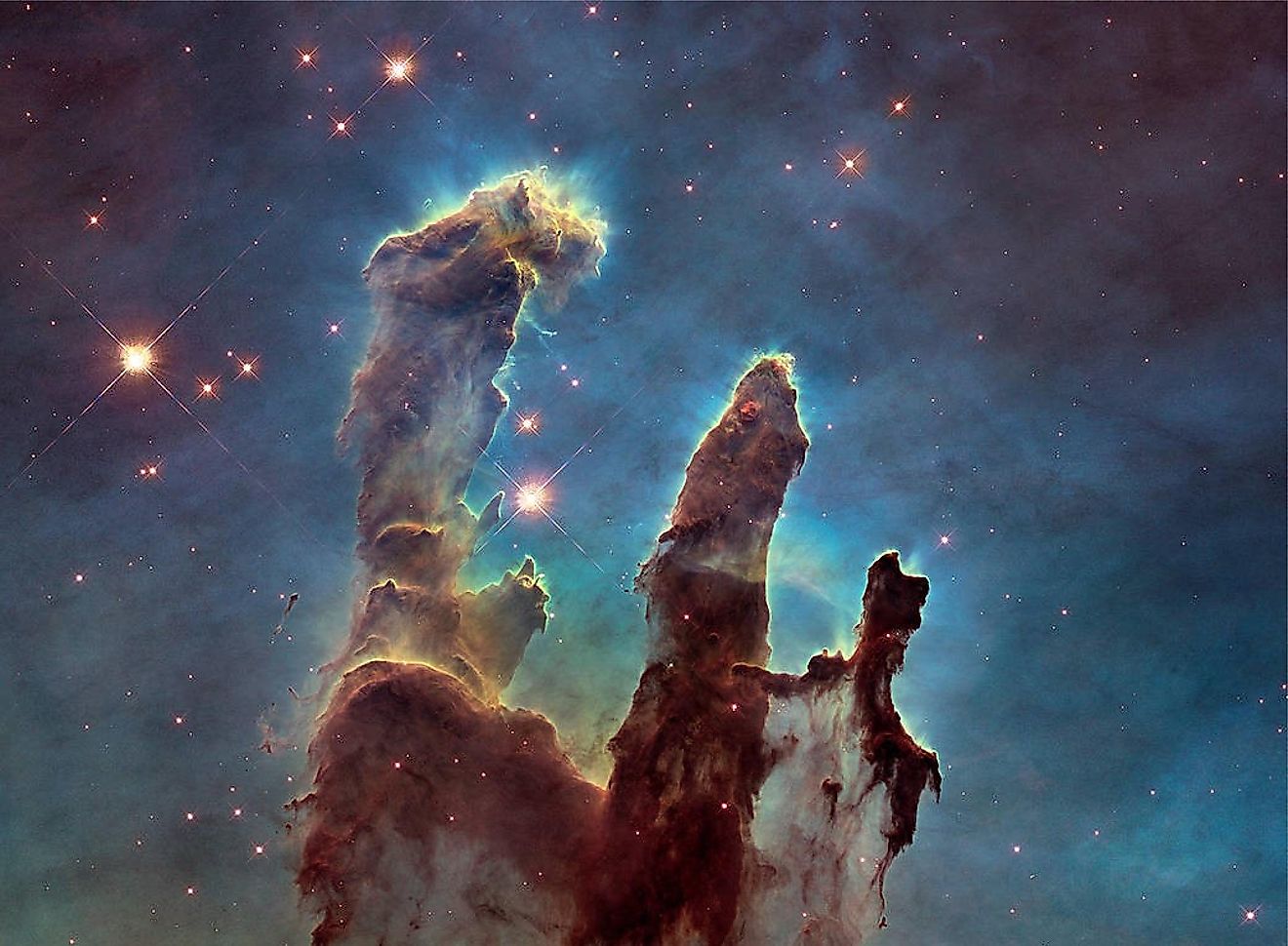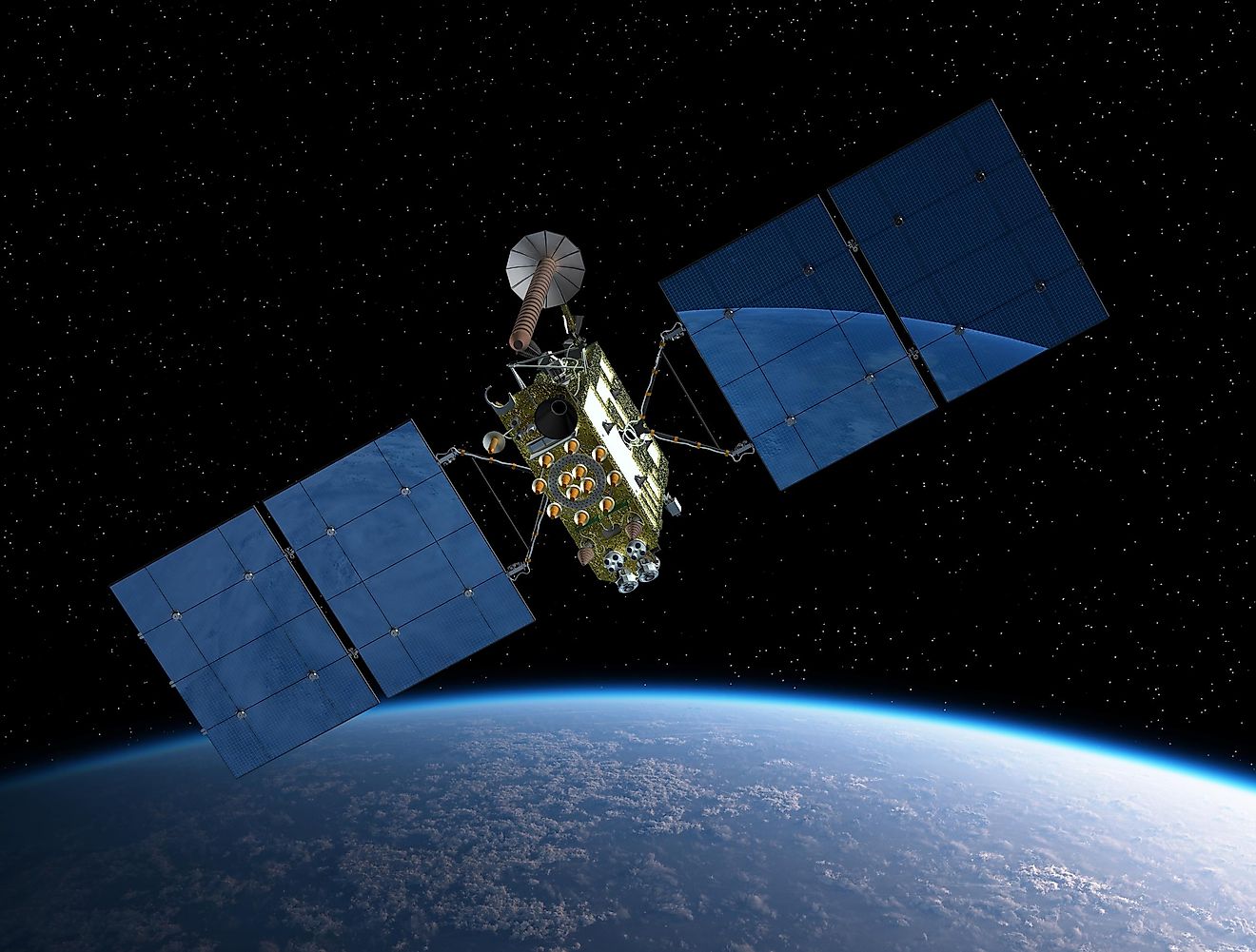
What Are Perseid Meteors?
Every year, from around August 10 to August 13, the night sky is graced by the annual Perseid Meteor Shower. The Perseids are a group of meteors that originated from the comet Swift-Tuttle. The comet itself, which has an orbital period of 133 years, ejects material into space as its orbit takes it closer to the sun. Since comets are primarily made of ice, heat from the sun causes some of that ice to melt, and material breaks off the comet. Some of that material falls into the Earth’s orbital path. When the Earth happens to pass through a cloud of comet debris, some of it falls through our atmosphere as a meteor shower. This is the case for the Perseids, which are leftover debris from the comet Swift-Tuttle.
When Do The Perseids Peak?

On average, the Perseids peak on August 12, although that date can vary from time to time. This year, the Perseids will peak on the night of August 12 and continue through the morning of August 13. The amount of meteors you can see will depend on cloud cover and light pollution. If the sky is clear and there is little light pollution, you can see upwards of 60 meteors per hour. So check your weather app for cloud coverage, go to a location with a clear sky, and enjoy the show.
Although the Perseids will be visible throughout the night sky, they will radiate in the constellation Perseus. Most meteors will be dim, small streaks of light that pass overhead. However, occasionally, you may be lucky enough to see one that lights up in a specific color. Some meteors can be blue, purple, orange, yellow, or red, with the color dependent upon the composition of the meteor itself. If you see a blue meteor, you’re seeing a meteor that is composed mainly of magnesium. Purple is calcium, orange is sodium, yellow is iron, and red is nitrogen and oxygen.
Do the Perseids Pose Any Threat To Earth?
The idea of hundreds of meteors raining down on Earth over a single night may seem threatening, yet thankfully, the vast majority of meteors are only a few inches across. Nearly every meteor entering our atmosphere is so small that it simply burns up before reaching the surface. Fortunately for life on Earth, meteor showers such as the Perseids are a safe, annual event that goes to show just how beautiful the night sky truly is.











